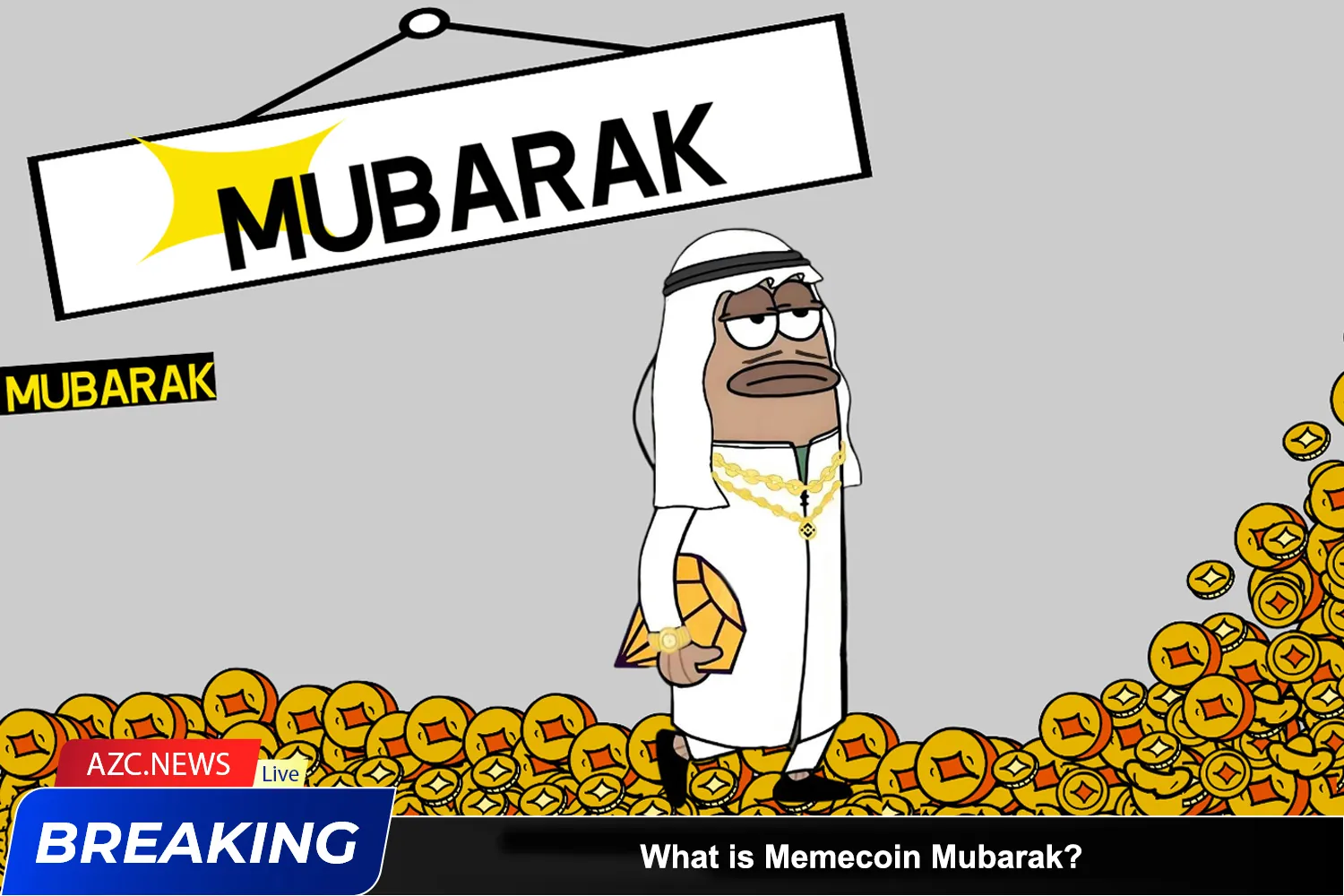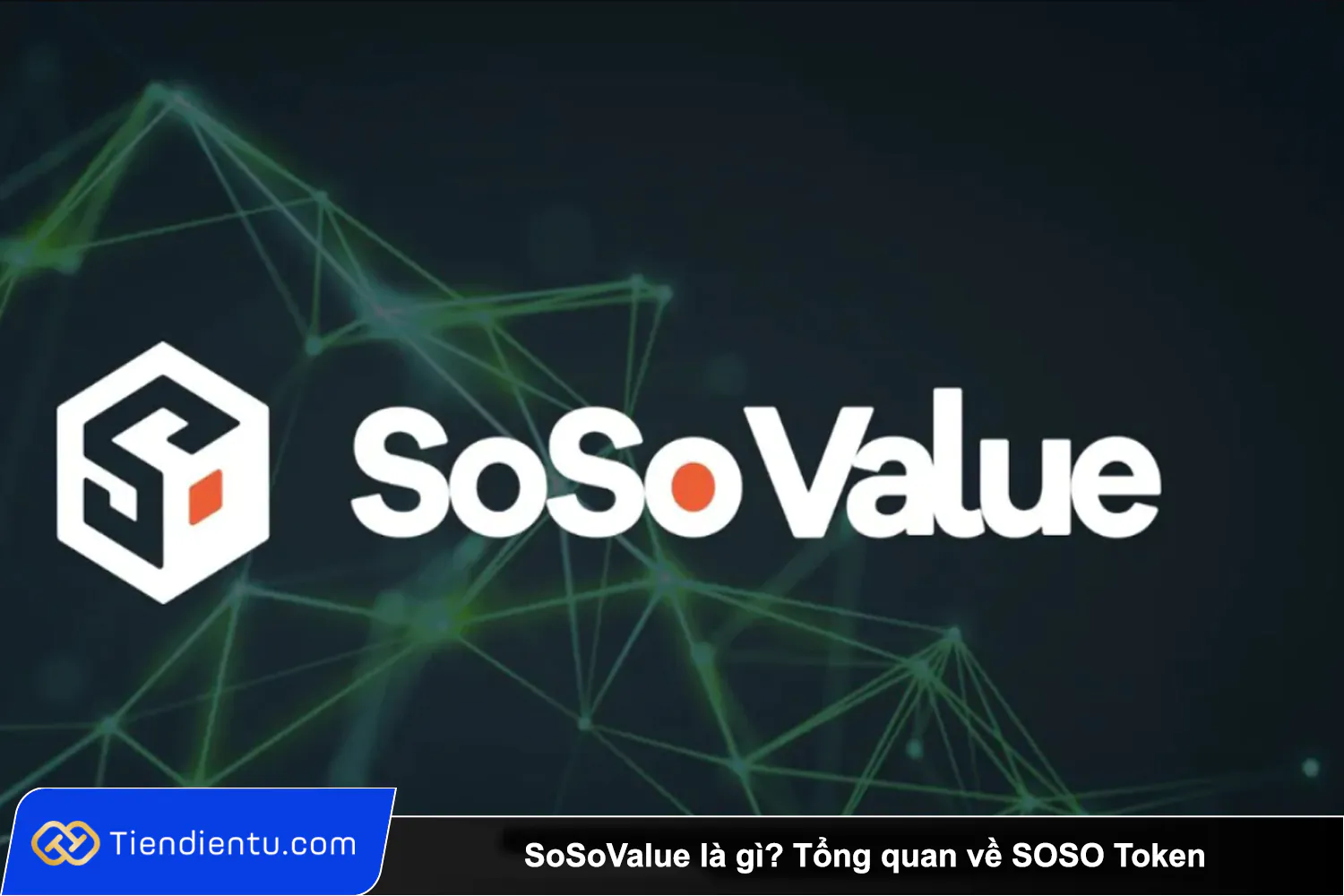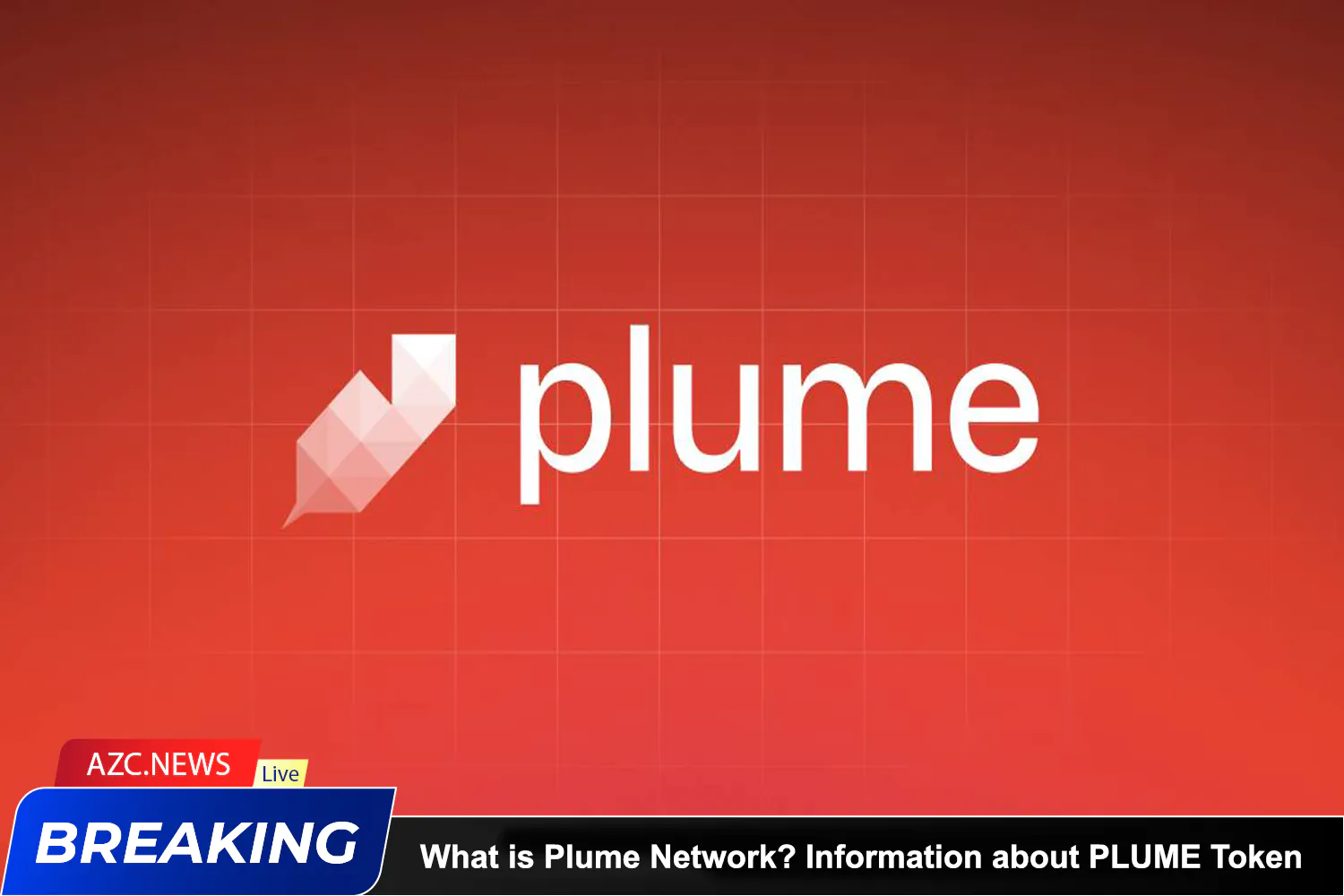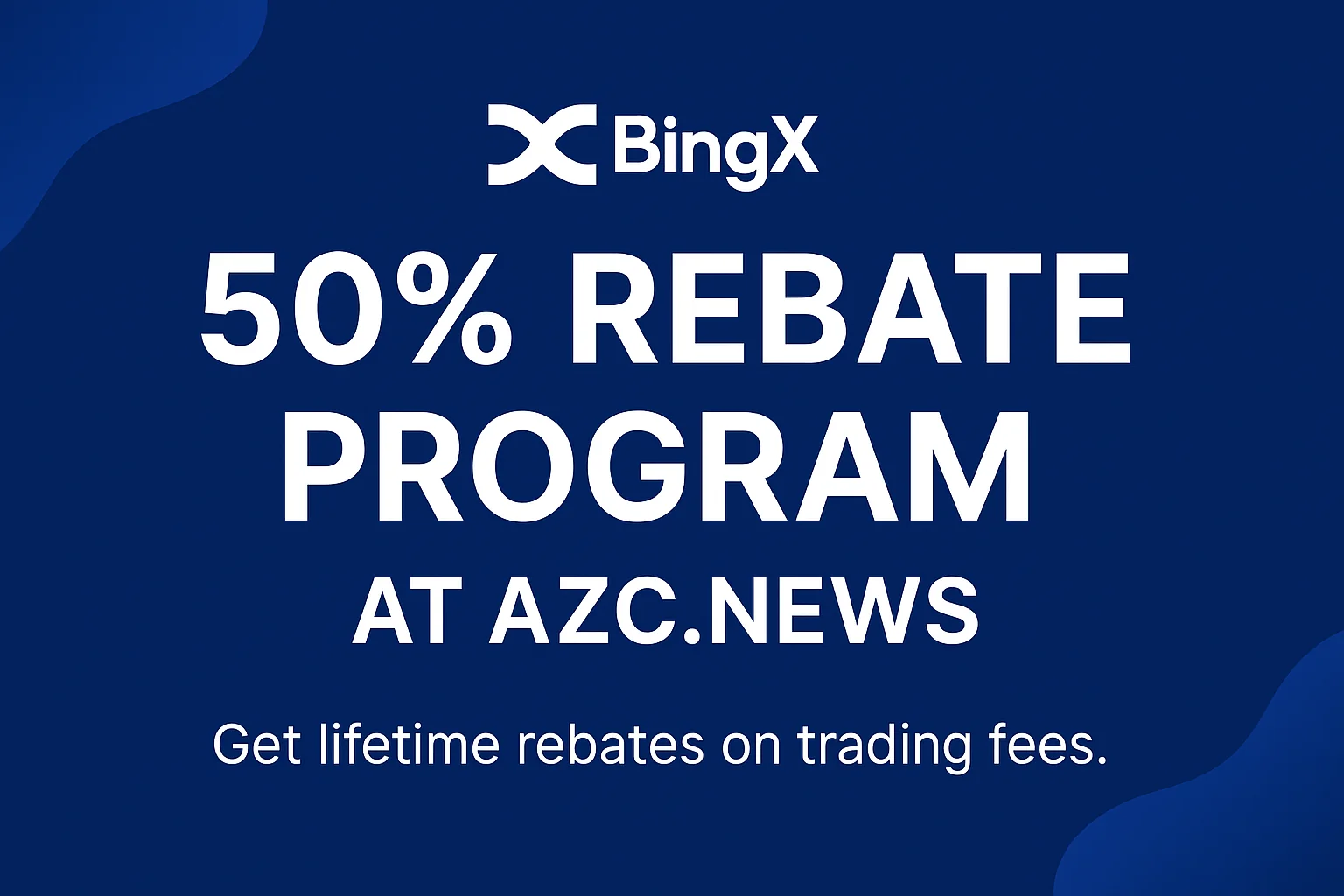In the world of cryptocurrencies and digital assets, Tether (USDT) holds a unique position. It is often touted as a safe haven in the turbulent waters of the cryptocurrency market, but what exactly is USDT and is it a wise investment? This article aims to demystify Tether, shedding light on its origin, purpose, corporate structure, as well as its advantages and disadvantages. Ultimately, you will have a better understanding of whether USDT is the right addition to your portfolio.
What Is Tether (USDT)?
Tether (USDT) is a stablecoin that’s pegged to the United States Dollar. Essentially, one USDT is meant to have a value equivalent to one US dollar, and it claims to be “100% backed by Tether’s reserves,” as stated on its website. Tether is owned by iFinex, a company registered in Hong Kong, which also happens to be the proprietor of the cryptocurrency exchange BitFinex.
USDT made its debut in July 2014 under the name “Realcoin,” with its three co-founders being Brock Pierce, Reeve Collins, and Craig Sellars. Subsequently, it underwent a name change to “USTether” before adopting its current moniker, USDT, in November 2014. USDT made its initial appearance on the Bitfinex exchange in January 2015 and commenced trading in February 2015.
Read more: What are Stablecoins? Learn All about Stablecoins.
The Birth of Tether (USDT): Why Does It Exist?

Tether came into existence with a specific purpose: to serve as a blockchain-backed platform designed to facilitate the seamless use of fiat currency in a digital realm. Tether operates with the objective of modernizing traditional financial systems, offering a more technologically advanced approach to currency.
The original Tether token was developed within the Bitcoin network. However, as time progressed, Tether extended its reach to numerous other blockchains, including Tron, Ethereum, Algorand, SLP, Solana, Arbitrum, Optimium, and more.
In the realm of digital assets and cryptocurrencies, Tether plays a unique role, and understanding its intricacies is crucial for anyone looking to navigate the complex landscape of blockchain-based finance.
The Corporate Structure of Tether
The Tether company’s structure is as follows:
Tether Holdings Limited was established in the British Virgin Islands in 2014 and is the parent company that owns 100% of both iFinex Group and Tether Limited.
iFinex Group is the parent company of Tether Limited and also owns the cryptocurrency exchange Bitfinex.
Tether Limited was established in Hong Kong in 2014 and is the company responsible for developing and operating the Tether platform and issuing Tether tokens.
Tether Operations Limited was established in the British Virgin Islands in 2017 and is a subsidiary of Tether Holdings Limited that supports the operations and services of Tether Limited.
Tether International Limited was established in the British Virgin Islands in 2017 and is another subsidiary of Tether Holdings Limited that handles marketing and business development activities for Tether Limited.
How Tether Operates
Tether tokens exist as digital tokens built on various leading blockchains, including Algorand, Bitcoin Cash Simple Ledger Protocol (SLP), Ethereum, EOS, Liquid Network, Omni, Tron, and Solana. These transport protocols include open-source software interfaces with blockchains to facilitate the issuance and redemption of Tether tokens.
Each Tether token is fully backed by our reserves, which include traditional currencies and their equivalent assets, along with other receivables from loans made by Tether to third parties.
The Tether platform is entirely reserved when the total circulating Tether tokens are less than or equal to the value of our reserves. Both of these figures can be viewed daily through our transparency page.
Tether was initially created to utilize the Bitcoin network as its transport protocol, specifically the Omni Layer, to enable the encryption of traditional currency transactions. Since this original version of Tether uses the Bitcoin blockchain, it inherits the stability and security of the longest-established blockchain network.
Tether on the Ethereum blockchain, as an ERC20 token, represents a newer transport layer, making Tether tokens available within Ethereum smart contracts or decentralized applications. As a standard ERC20 token, it can also be sent to any Ethereum address.
Because Tether tokens are now available using various transport protocols, when users send Tether tokens to different addresses, they need to carefully verify the destination address to confirm that they are selecting the correct transport protocol.
What Is Tether (USDT) Used For?
USDT serves various purposes and is commonly used in the following ways:
- Sending digital funds to parties anywhere in the world.
- Transferring your own funds between cryptocurrency exchanges.
- Lending your stablecoins to earn high-interest rates (some lending platforms offer over 10%).
- Storing funds on an exchange to facilitate quick trading with other cryptocurrencies.
Advantages and Disadvantages of USDT
Advantages
- Tether not only boasts a larger market capitalization than any other stablecoin but also has significantly higher daily trading volumes, even surpassing many other cryptocurrencies. As a result, it plays a crucial role in the digital token ecosystem.
- Stablecoins like Tether offer the advantage of maintaining a predictable price range in normal circumstances. They are less volatile compared to other cryptocurrencies that people may buy as investments.
- USDT’s popularity and high trading volume make it more accessible than other stablecoins. For instance, if you want to buy, sell, or trade USDT, it’s available on most top cryptocurrency apps.
Disadvantages
- The biggest concern with Tether is the questionable business practices associated with it. In the past, Tether has made incorrect statements about its reserves. Currently, it’s uncertain whether its reserves are sufficient to back the amount of USDT it has issued.
- As a stablecoin, its price remains stable around $1. If you’re looking for an investment with high-profit potential, USDT is not the right choice.
- Tether Limited has faced legal issues due to its relationship with Bitfinex. Allegations suggest that in 2018, when $850 million from Bitfinex’s funds went missing, Tether used $700 million from its reserves to cover the losses. While both companies deny any wrongdoing, the owners had to pay a $18.5 million fine in 2021.
Should You Invest in Tether (USDT)?
In strict terms, USDT is not an investment because it’s designed to maintain a value of $1. Its value won’t increase like other cryptocurrencies and digital stocks.
However, you can use USDT to generate passive income. Many lending platforms are available to offer competitive interest rates for your USDT. This can be a way to earn more interest than traditional bank savings accounts. But unlike regular savings deposits, your USDT is not insured or guaranteed like money in a bank account. Although Tether generally maintains a value of $1, this could change in the future.
Conclusion
USDT has proven itself as a valuable tool in the cryptocurrency community. Investors often use it as a safe haven during market downturns to protect themselves from market volatility. Its increasing popularity has made Tether a useful source of liquidity, aiding in price stability.
We have provided you with an overview of Tether (USDT) and whether it’s advisable to invest in it. We hope this article is helpful for readers exploring USDT. Don’t forget to regularly follow our articles to stay updated on valuable information about projects and developments in the cryptocurrency market.








